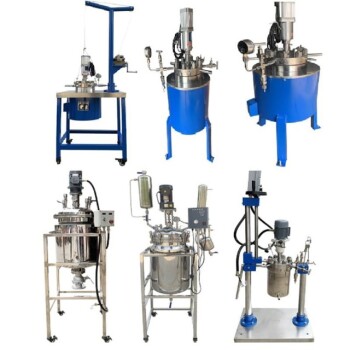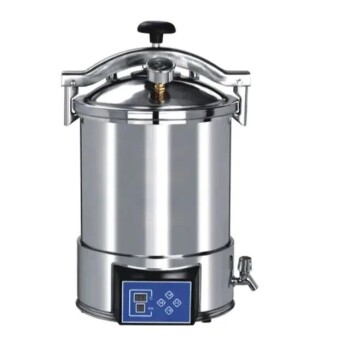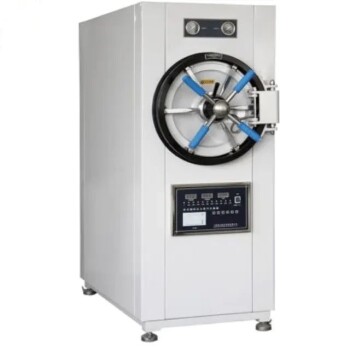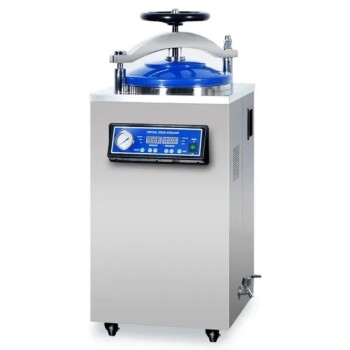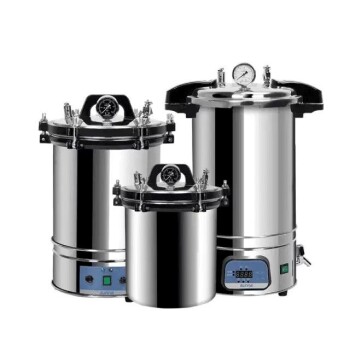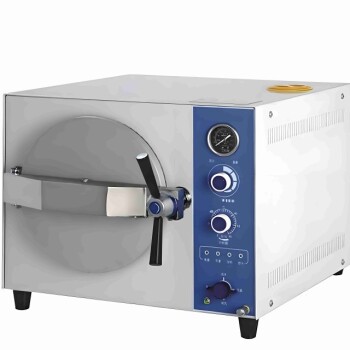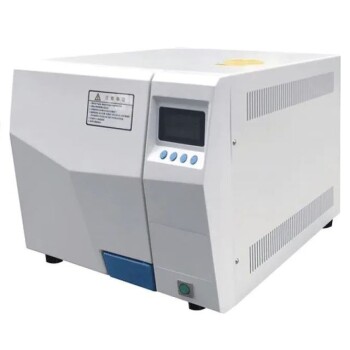Case Study: Equipment Explosion in a Laboratory
Incident Description
In early June 2010, a significant equipment explosion took place in a laboratory, resulting in severe injuries to a graduate student. The incident began when the student repeatedly filled an analyzer with nitrogen and then left the laboratory. Upon returning, the observation window of the instrument suddenly burst, causing immediate and severe harm to the student.
This event underscores the critical importance of adhering to safety protocols, particularly when handling high-pressure equipment. The mishap highlights the potential dangers of neglecting to close essential valves, such as the nitrogen cylinder's main valve and pressure-reducing valve. Such oversights can lead to prolonged exposure to high pressure, ultimately exceeding the instrument's permissible operating limits and causing catastrophic failures.
The burst observation window, made of glass, was a direct consequence of the excessive pressure buildup. This not only inflicted injuries on the student but also brought attention to the need for continuous monitoring and proper maintenance of laboratory equipment. The incident serves as a stark reminder of the risks associated with high-pressure environments and the necessity for stringent safety measures to prevent such accidents in the future.

Analysis of the Accident
The root cause of the accident was a series of critical oversights in the handling of high-pressure nitrogen equipment. Specifically, the student failed to properly secure the nitrogen cylinder's main valve and the pressure-reducing valve, which are essential components in controlling the flow and pressure of nitrogen gas. This negligence resulted in an uncontrolled release of nitrogen, leading to prolonged flushing of the air within the instrument. Over time, the continuous influx of nitrogen caused the internal pressure to escalate significantly beyond the instrument's permissible operating limits.
As the pressure inside the instrument exceeded its design threshold, the structural integrity of the observation window was compromised. The excessive pressure exerted forces that the glass pane could not withstand, ultimately causing it to shatter violently. This sudden burst of the observation window not only posed a severe safety hazard to the student but also underscored the importance of adhering to strict operational protocols when dealing with high-pressure systems.
To prevent similar incidents, it is crucial to follow a checklist that includes:
- Closing Valves: Ensure that all valves, including the main and pressure-reducing valves, are securely closed after use.
- Pressure Monitoring: Regularly monitor the pressure gauge to ensure it remains within safe operating parameters.
- Routine Inspections: Conduct periodic inspections of all high-pressure equipment to identify and address any potential issues before they escalate.
By adhering to these best practices, laboratory personnel can significantly reduce the risk of accidents and ensure a safer working environment.
Use of High Pressure Equipment and Reactors
Use of Autoclaves
Using autoclaves involves several critical steps to ensure effective sterilization and safety. First, it is essential to check the water levels in the autoclave to ensure there is enough water for the heating process. Insufficient water can lead to equipment damage and compromise the sterilization process.
Next, load the reagents carefully into the autoclave, ensuring that they are properly arranged to allow for even steam penetration. This is crucial for achieving uniform sterilization. After loading, tighten the lid securely to maintain the pressure and prevent any leakage during the heating cycle.
The heating process involves increasing the temperature and pressure within the autoclave chamber. During this phase, it is vital to monitor the pressure gauge continuously. Maintaining the correct pressure is key to ensuring that the sterilization process is effective and safe.
Sterilization procedures in autoclaves are designed to neutralize potentially infectious agents using pressurized steam and superheated water. This method is particularly effective for sterilizing a variety of materials, including laboratory glassware, surgical instruments, and medical waste. Notably, autoclaves are also used for pre-disposal treatment of pathogenic hospital waste, ensuring that it is safe for disposal.
Important cautions include ensuring enough water before initiating the heating process. Without sufficient water, the autoclave may overheat, leading to potential equipment failure and safety hazards. Additionally, continuous monitoring of the pressure gauge is necessary to prevent pressure build-up beyond the safe operating range.
Autoclaves are versatile tools widely used in various fields such as microbiology, medicine, and prosthetics fabrication. They are also essential in tattooing and body piercing, as well as funerary practices, ensuring that all equipment and materials are sterile and safe for use.
In summary, proper use of autoclaves involves meticulous attention to water levels, careful loading of reagents, secure lid tightening, and vigilant monitoring of the pressure gauge during heating and sterilization. These steps are crucial for maintaining safety and effectiveness in sterilization processes.
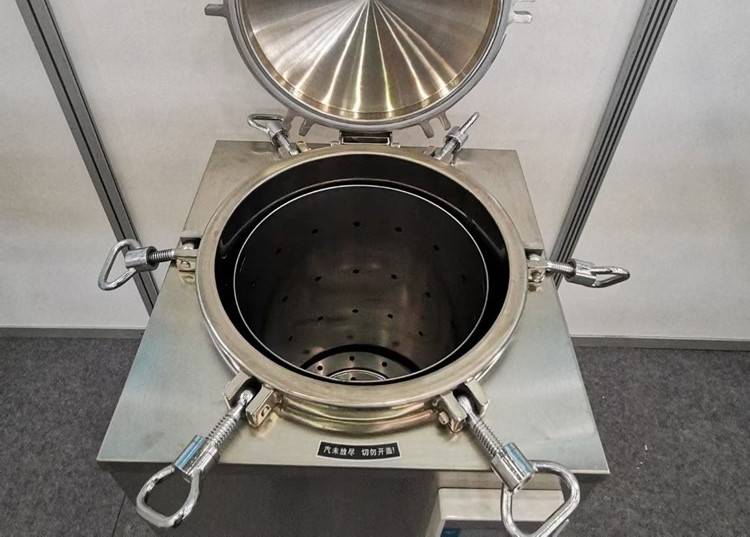
Use of High Pressure Reactors
When operating high-pressure reactors, several critical steps must be meticulously followed to ensure safety and efficiency. Firstly, the correct loading of reaction media is paramount. This involves precise measurement and introduction of the necessary chemicals into the reactor, ensuring that the quantities and types of media align with the intended reaction parameters.
Next, the stirring system must be thoroughly checked. This system is crucial for maintaining homogeneous conditions within the reactor, which can significantly influence the outcome of the reaction. Regular maintenance and calibration of the stirring mechanisms are essential to prevent malfunctions that could lead to uneven reactions or safety hazards.
Electrical connections, particularly the voltage settings, must be verified to match the reactor's specifications. Incorrect voltage can lead to equipment damage or, worse, electrical fires. It is advisable to keep the power settings at their initial state until all preparatory checks are complete to avoid any premature activation.
Instrumentation and safety mechanisms should undergo regular testing. This includes sensors, pressure gauges, and temperature controllers, all of which play a vital role in monitoring the reactor's conditions. Connecting the explosion relief port to the outdoor environment is a critical safety measure. This ensures that in the event of an overpressure situation, any released gases or vapors are safely directed away from personnel and sensitive equipment.
Metal high-pressure reactors, while robust, require careful consideration of their material of construction (MOC). The choice of MOC can impact the reactor's resistance to corrosion, which is a significant concern given the often harsh chemical environments these reactors operate in. Additionally, the weight of metal reactors necessitates careful handling during maintenance to prevent accidents.
These reactors are integral in various high-pressure reactions, including hydrogenation, polymerization, and catalytic processes in the petrochemical industry. They also support research in areas such as upstream processes, biomass conversion, and zeolite synthesis. Each of these applications demands a tailored approach to ensure both the quality of the reaction products and the safety of the operating environment.
Types of Reactors
In the realm of chemical reactions, reactors play a pivotal role in facilitating the transformation of reagents into desired products. Three primary types of reactors are commonly employed: batch, continuous, and semi-continuous kettle reactors. Each type has its unique operational characteristics, advantages, and precautions that must be observed to ensure safe and efficient processes.
Batch Reactors are the simplest and most traditional form of reactors. In this setup, all reagents are loaded into the reactor simultaneously, and the reaction proceeds over time. Unlike continuous reactors, batch reactors do not reach a steady state, making the control of pressure and temperature critical. This necessitates the inclusion of ports for sensors and material input/output. Batch reactors are often used in small-scale production and for reactions involving biological materials, such as enzyme production. They are also favored by scientists for conducting controlled experiments in a small environment, allowing for the assessment of scalability before large-scale deployment.
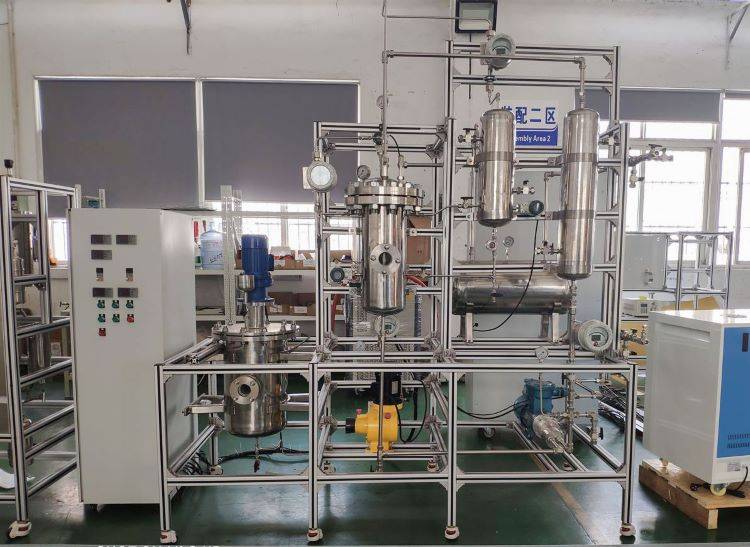
Continuous Reactors, also known as plug flow reactors, operate by continuously feeding reagents into a tubular or pipe-like structure. As the reagents flow through the reactor, they undergo chemical reactions, producing new compounds and by-products. The rate of reaction varies along the length of the reactor, creating a gradient in the concentration of reactants and products. These reactors are particularly useful for handling potent reagents that cannot be safely mixed in ordinary reactors. Due to their size and complexity, continuous reactors are typically found in well-established laboratories and industrial settings.
Semi-Continuous Kettle Reactors combine aspects of both batch and continuous reactors. In this setup, one or more reagents are added continuously while others are added in batches. This hybrid approach allows for greater flexibility in reaction control and can lead to more efficient use of reagents. However, it also introduces additional complexity in terms of monitoring and control, requiring careful attention to ensure that the reaction proceeds as intended without compromising safety.
Each type of reactor has its own set of advantages and challenges. Batch reactors offer simplicity and flexibility but require meticulous temperature and pressure control. Continuous reactors provide steady-state operation and efficient use of space but are more complex and require careful handling of potent reagents. Semi-continuous kettle reactors offer a balance between the two but demand precise control and monitoring. Understanding these nuances is essential for selecting the appropriate reactor type for a given chemical process, ensuring both safety and efficacy.
Related Products
- Stainless High Pressure Autoclave Reactor Laboratory Pressure Reactor
- Customizable High Pressure Reactors for Advanced Scientific and Industrial Applications
- Mini SS High Pressure Autoclave Reactor for Laboratory Use
- High Pressure Laboratory Autoclave Reactor for Hydrothermal Synthesis
- High Pressure Laboratory Vacuum Tube Furnace Quartz Tubular Furnace
Related Articles
- Understanding Isostatic Pressing: Process, Benefits, Limitations, and Applications
- High Pressure Tube Furnace: Applications, Safety, and Maintenance
- Basic Laboratory Reaction Equipment
- Laboratory Safety: Safe Use of High Voltage Equipment
- Comprehensive Guide to Rotating Disk Electrode (RDE) in Electrochemical Studies

